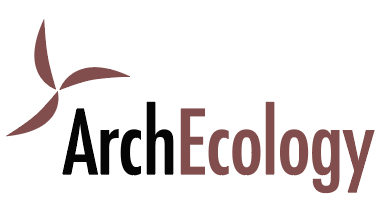WELL v. Fitwel
Choosing the Best Health and Wellness Certification System
In the aftermath of COVID, there is an even stronger emphasis on health and wellness in both newly constructed and existing buildings. Two certification systems which have garnered increasing attention are WELL and Fitwel. Both rating systems use scientifically researched strategies to focus exclusively on the wellness of building occupants. In response to COVID, both have created a set of specific strategies that, when implemented, can help reduce the transmission of the virus and bolster the confidence of occupants living and working in the space. These specific annual certifications are based on subsets of the larger programs and are crafted to act as an entry point to achieving future comprehensive certifications in these programs.
WELL Building Standard was developed by Delos, is managed by the International WELL Building Institute (IWBI), and is third party certified by Green Business Certification Inc (GBCI). WELL contains some synergies with LEED, but overall it emphasizes quality of air, water, or lighting levels–versus reducing energy and water consumption.
The WELL Health Safety Rating mitigates viral transmissions in existing buildings by focusing on a subset of relevant features from the WELL Building Standard that were adapted for a facilities and operations focus. These features speak to cleaning and sanitization, emergency preparedness, health service resources, air and quality management, and stakeholder engagement. Many of the measures are policies and plans for cleaning practices, emergency response, and health benefits–but few involve testing and monitoring. Achieving 15 features earns a WELL Health Safety Seal for the building or space, and should only take about a month or two to obtain.
Fitwel offers a practical, cost-effective building rating system that focuses on enhancing building design and operations to improve occupant health and productivity. It was developed by the US Centers for Disease Control and Prevention (CDC) and General Services Administration (GSA), while the Center for Active Design (CfAD) is the operator of the program and responsible for third party certification.
The Viral Response Module covers three key topic areas: Enhance Indoor Environments, Encourage Behavioral Change, and Build Occupant Trust. Each of these areas includes minimum policy and plan requirements, along with a few optional strategies. Earning 70% of the available points will achieve a Viral Response Certification. The certification process takes about six weeks from time of submission and can be applied to an entire portfolio.



